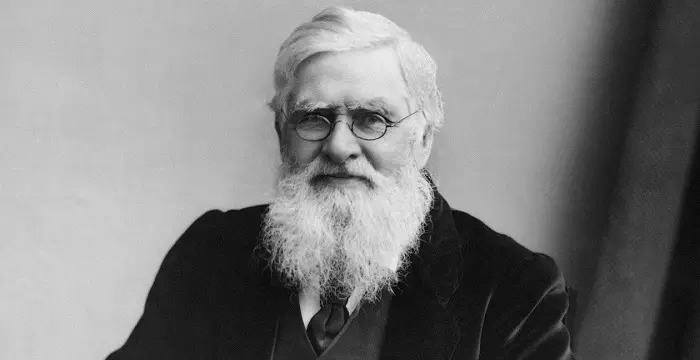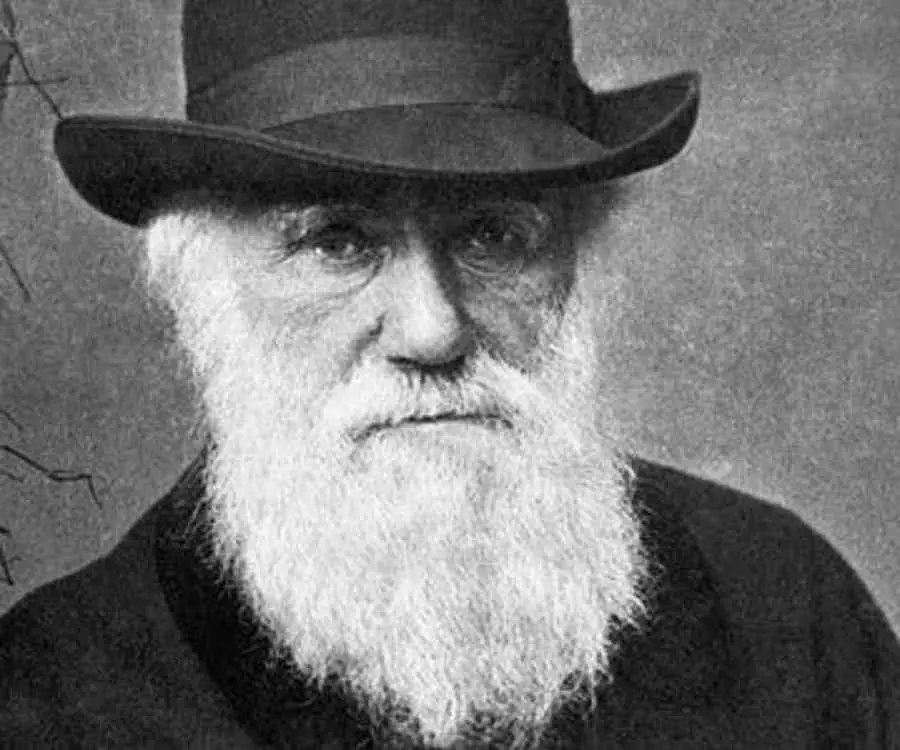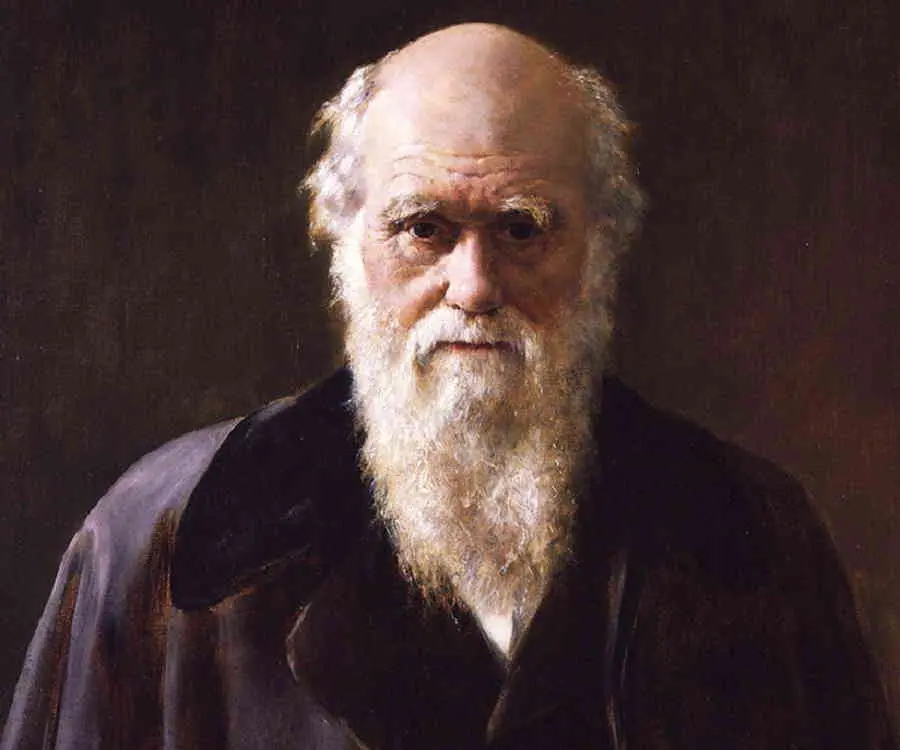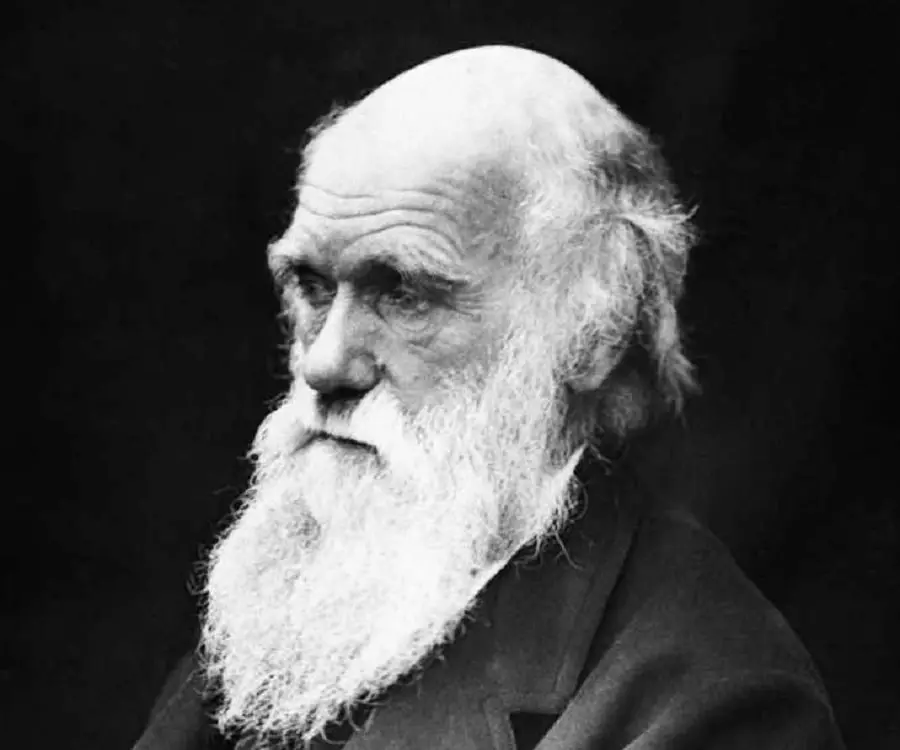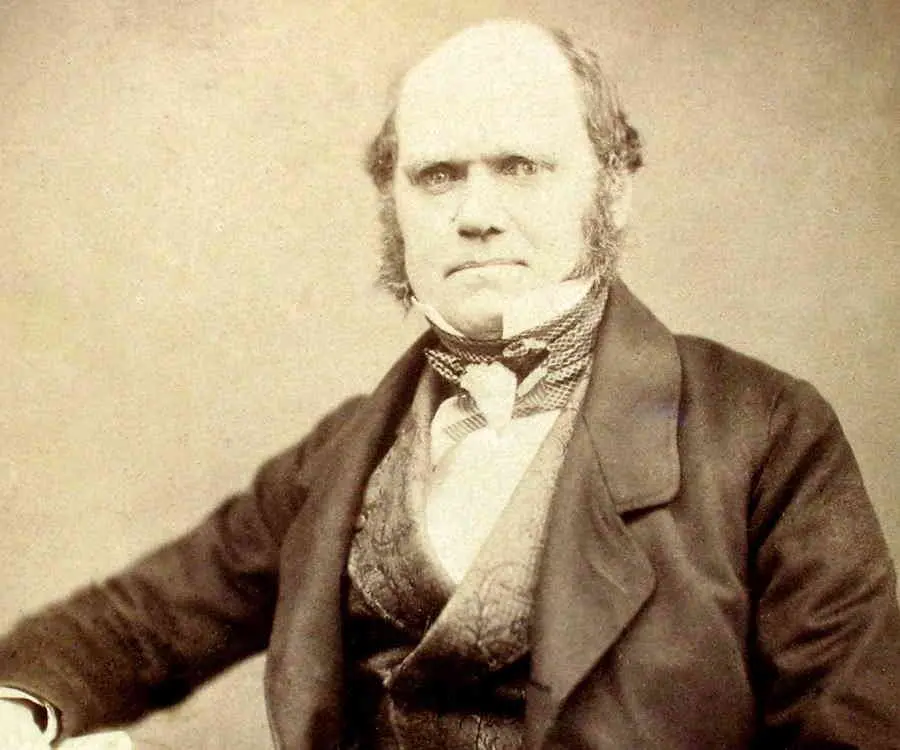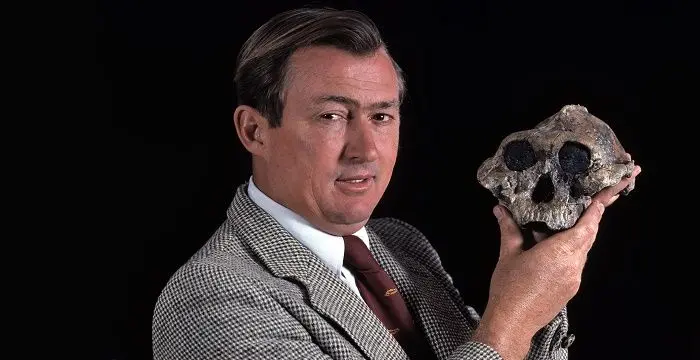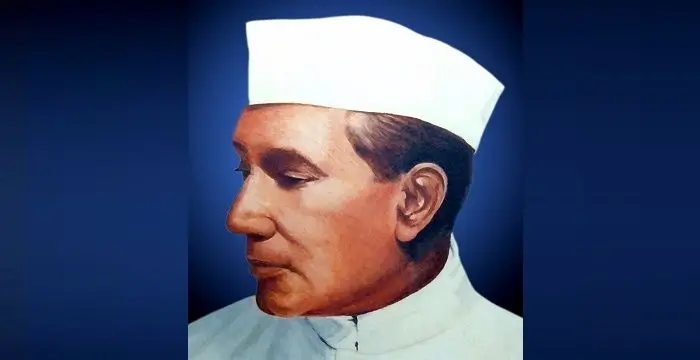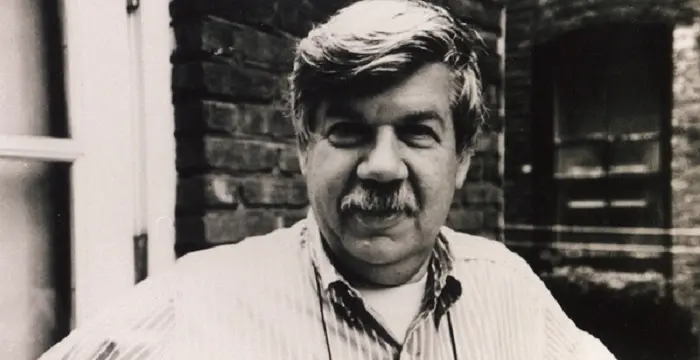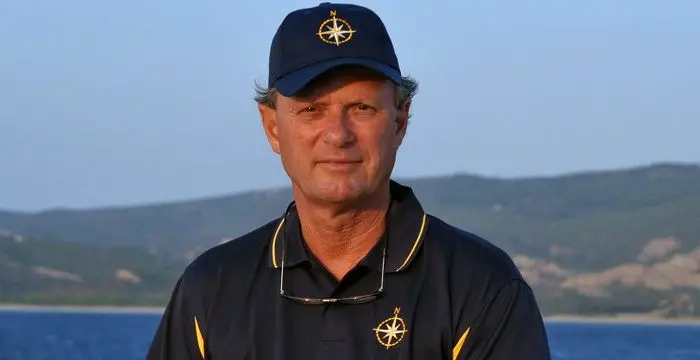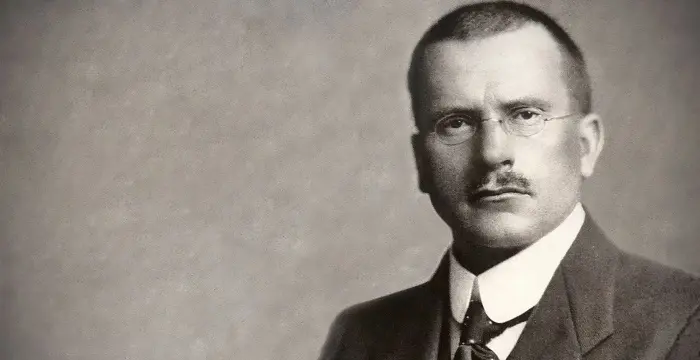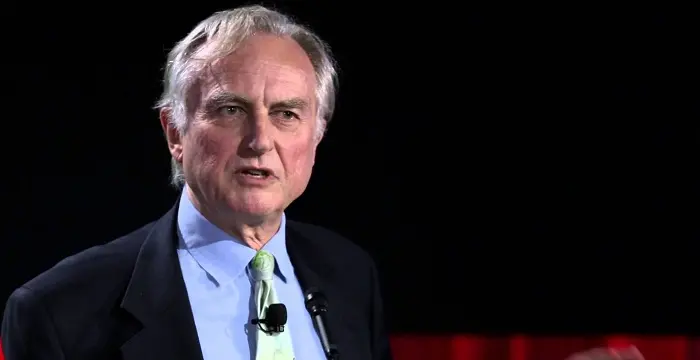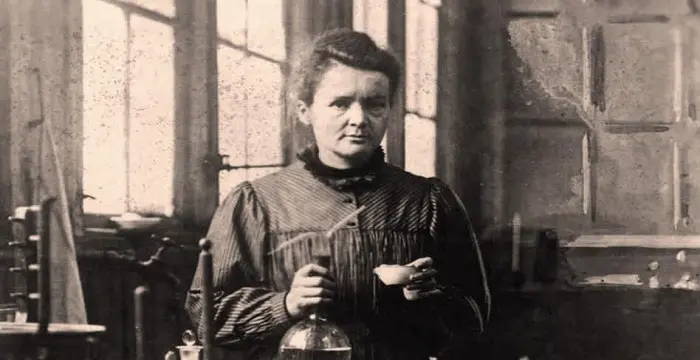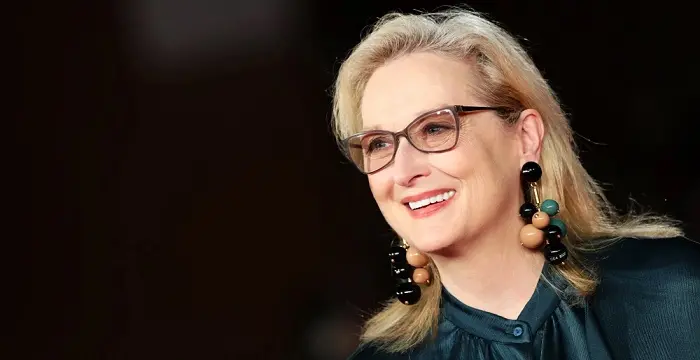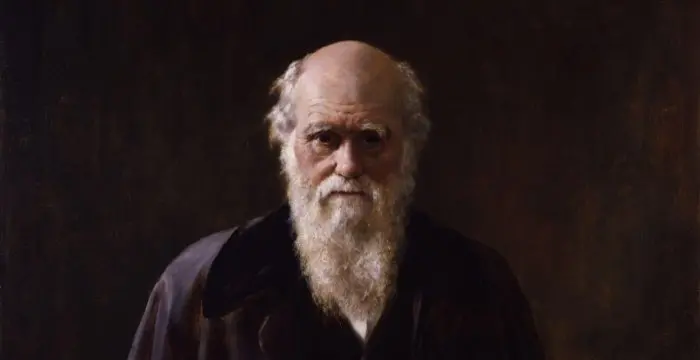
Charles Darwin - Naturalist, Timeline and Childhood
Charles Darwin's Personal Details
Charles Darwin was one of the most influential figures in human history
| Information | Detail |
|---|---|
| Birthday | February 12, 1809 |
| Died on | April 19, 1882 |
| Nationality | British |
| Famous | Cambridge University, University Of Edinburgh, Botanists, Paleontologists, Zoologists, Geologists, Miscellaneous, INTP, Naturalist |
| Spouses | Emma Darwin |
| Known as | Charles Robert Darwin |
| Childrens | Anne Darwin, Anne Elizabeth Darwin, Charles Waring Darwin, Etty Darwin, Francis Darwin, George Darwin, Horace Darwin, Leonard Darwin, Mary Eleanor Darwin, William Erasmus Darwin |
| Universities |
|
| Notable Alumnis |
|
| Birth Place | Shrewsbury |
| Diseases Disabilities | Stammered / Stuttered |
| Gender | Male |
| Father | Robert Darwin |
| Mother | Susannah Darwin |
| Sun Sign | Aquarius |
| Born in | Shrewsbury |
| Famous as | Naturalist, Geologist |
| Died at Age | 73 |
// Famous Naturalist
John Muir
John Muir was a famous American naturalist, author and an advocate of wildlife preservation. This biography offers detailed information about his childhood, life, works, achievements and timeline.
David Attenborough
Sir David Attenborough is an English broadcaster and naturalist. This biography offers detailed information about his childhood, life, works, achievements, trivia and timeline.
Alfred Russel Wallace
Alfred Russel Wallace was a British scientist and explorer, best known for discovering the concept of evolution by natural selection. This biography of Alfred Wallace provides information about his childhood, life, achievements, works & timeline.
Charles Darwin's photo
Who is Charles Darwin?
The evolution of homo sapiens from apes, a form of animal, is a concept that is widely recognized today but back in the 19th century when Charles Darwin first introduced his revolutionary theory of evolution, he was rebuked while his work was admonished. His never-heard-of concept faced the glaring eyes of the world and the Church and remained unaccepted until long after, when it was deemed to be the new orthodoxy. The DNA studies proclaimed his evidence to be true and rebuffed the religious view that prevailed until then that all of nature was born of God. Born in an affluent family of Shrewsbury, Charles Robert Darwin planned to follow a medical career but soon gave up the same to pursue his burning passion for being a naturalist. With years of dedicated study, he established the concept that all species descended from common ancestors and that the branching pattern of evolution resulted from a process which he termed natural selection. It was his five years voyage on the HMS Beagle that transformed his life completely, establishing him as an eminent geologist. It was in 1858 that he came up with his most recognized work ‘On the Origin of Species by Means of Natural Selection’. To know in details about the life and works of this influential figure of human history, browse through the following lines.
// Famous Paleontologists
Richard Leakey
Richard Leakey is a famous paleoanthropologist and wild life conservationist, known for leading the expeditionsin Ethiopia's ‘Omo River’ district. To know more about his childhood, career, profile and timeline read on
Birbal Sahni
Birbal Sahni was an Indian palaeobotanist who founded the Birbal Sahni Institute of Palaeobotany in Lucknow. This biography of Birbal Sahni provides detailed information about his childhood, life, achievements, works & timeline.
Stephen Jay Gould
Stephen Jay Gould was a famous paleontologist and one of the most read science writers of his times. This biography provides detailed information about his childhood, life, achievements, works & timeline.
Childhood & Early Life
Charles Robert Darwin was fifth of six children born to Robert Darwin and Susannah Darwin. His father was a doctor and financier by profession.
Since he was born in an affluent family, it gave him an access to explore nature, which he grew a fantasy for. He attained his basic education from Anglican Shrewsbury School, before attending the University Of Edinburgh Medical School.
Uninspired by the teaching methods and interested in the subjects taught, he took to learning taxidermy from John Edmonstone. he registered himself at the Plinian Society, a student natural history group. He first presented his discovery on March 27, 1827 at the Plinian where he argued that the black spores found in oyster shells were in actuality the eggs of a skate leech.
He further studied classification of plants and assisted with work on the collections of the University Museum. Meanwhile, his lack of interest in medical studies led his father to enrol him at the Christ’s College to attain a BA degree.
He despised mainstream education and showed profound interest in botany. He became close to John Stevens Henslow, who in turn became his mentor. It was during this time that he capitalized on the opportunity to meet other naturalists as well.
He graduated with a distinction in 1831. Thereafter, he devoted his time in reading books of natural history including Paley's Natural Theology, Alexander von Humboldt's Personal Narrative and John Herschel's book. Inspired by the books, he resolved to study natural history in the tropics.
Career
In August 1831, he received as offer from Henslow to join him as naturalist for a self-funded supernumerary place on HMS Beagle. Darwin was eager to go on the journey as he knew it would change his life forever.
Captained by Robert FitzRoy, the ship embarked on a two year journey (as planned) around the world. Though his father initially resented at the idea, Darwin was later given the green signal. The voyage which lasted for five years proved to be a lifetime opportunity for him.
The journey commenced on December 27, 1831. While the Beagle surveyed the coasts, he spent time on land investigating geology and making natural history collection.
Over the course of the journey, he collected various specimens of birds, plants and fossils, which he attached to the copy of his journal and sent across to Cambridge. The unique opportunity gave him an experience to observe closely, principles of botany, geology and zoology.
He suffered from seasickness but did not let this come in way of his research. While his expertise in geology, beetle collecting and dissecting marine invertebrates assisted him, as for other sectors, he collected specimens for expert evaluation.
As Beagle traversed through the coasts of South America, he theorized about the geology of the place and extinction of giant mammals. The Pacific Islands and Galapagos Archipelago were of particular interest to Darwin, as was South America.
The trip had a lasting impression on the mind of this budding naturalist who began to develop a revolutionary theory about the origin of living beings that was contrary to the popular belief of other naturalists at the time.
Returning to England in 1936, he began to pen down his findings in a book, Journal and Remarks, which was later published as part of Captain FitzRoy’s larger book titled ‘Narrative’.
The book gave the world several new beliefs and ideas. While the Galapagos birds were twelve separate species of finches, the armour fragments that he collected were actually from Glyptodon, a huge armadillo-like creature which was extinct.
In no time, he joined the scientific elite and was elected to the Council of the Geological Society. While formerly he was working on the possibility of one species changing into the other, next he started to work on the variation in offsprings.
While reworking on the study of transmutation, he edited his work of the journal and published it as a multi-volume ‘Zoology of the Voyage of the Beagle’. However, the stress of work took a toll on his wellbeing as he suffered from health concerns and was advised to put off his work.
In 1838, he took up the post of Secretary of the Geological Society. He made remarkable progress in transmutation, not letting go of any opportunity to bombard the expert naturalist and field workers with questions
His health gradually worsened and incapacitated him, which led to his moving to Scotland for a brief duration of time. Upon returning to London, he continued with his research.
On January 24, 1839, he was appointed as Fellow of the Royal Society. By now, he had formed a theory of natural selection. In May 1839, FitzRoy’s Narrative was finally published and with that Darwin’s work, ‘Journal and Remarks’ too saw the light of the day. Such was the success that a third voilume of ‘Journal and Remarks’ was published on its own.
In his book, he raised important question following his exposure to varied specimens. He questioned expert naturalists about their beliefs of how species came into being. While some believed that they existed at the commencement of the world, others stated that they evolved over a course of natural history. However, each of them believed that species remained same all throughout.
Darwin contradicted the theory of naturalists by claiming that there were similarities among species all over the globe, variations being due to their varied locations.
He formed an opinion that species evolved through common ancestors. He claimed that species survived through a process called ‘natural selection’. Those who survived had adapted to the changing requirements whilst the rest failed to evolve and reproduce and thus, died off
In 1858, after two decades of scientific investigation, he introduced his revolutionary theory of evolution. The same was published as ‘On the Origin of Species by Means of Natural Selection’ on November 24, 1859. The book was controversial as it claimed that homo sapiens were simply another form of animals.
Major Works
Darwin’s Theory of Evolution changed the way the world look at the creation of life. Until then, the dominant thinking was that all species either came into being at the start of the world, or were created over the course of natural history. In both the cases, it was believed that the species remained much the same throughout the time. Darwin, however, noticed similarities among species all over the globe, as well as variations based on specific locations. This led him to conclude that they had gradually evolved from common ancestors. He came to believe that species survived through a process called “natural selection,” where species that successfully adapted to meet the changing requirements of their natural habitat survived, while those that failed to evolve and reproduce died off.
Personal Life & Legacy
He tied the nuptial knot with Emma Darwin in the year 1838. The couple was blessed with ten children out of whom two died in infancy. Annie died at the age of ten. However, his other children went on to have distinguished careers in their life.
He was faced with frail health all through his life, which caused him periods of incapacity. In 1882, he was diagnosed with angina pectoris, which caused coronary thrombosis and disease of the heart.
He died on April 19, 1882 due to angina attacks and heart failure. Though he was to be buried at St Mary's churchyard at Downe, public and parliamentary petitioning led to him being buried at Westminster Abbey, near John Herschel and Isaac Newton.
Trivia
He was the first to establish the concept that all species descended from common ancestors and that the branching pattern of evolution resulted from a process which he termed natural selection.
// Famous Geologists
Robert Ballard
Dr. Robert Ballard is the founder of the Ocean Exploration Center and specializes in deep-sea archeology. This biography contains information about his childhood, life, achievements & timeline.
Birbal Sahni
Birbal Sahni was an Indian palaeobotanist who founded the Birbal Sahni Institute of Palaeobotany in Lucknow. This biography of Birbal Sahni provides detailed information about his childhood, life, achievements, works & timeline.
Stephen Jay Gould
Stephen Jay Gould was a famous paleontologist and one of the most read science writers of his times. This biography provides detailed information about his childhood, life, achievements, works & timeline.
Charles Darwin biography timelines
- // 12th Feb 1809Charles Robert Darwin was fifth of six children born to Robert Darwin and Susannah Darwin. His father was a doctor and financier by profession.
- // 1827Uninspired by the teaching methods and interested in the subjects taught, he took to learning taxidermy from John Edmonstone. he registered himself at the Plinian Society, a student natural history group. He first presented his discovery on March 27, 1827 at the Plinian where he argued that the black spores found in oyster shells were in actuality the eggs of a skate leech.
- // 1831He graduated with a distinction in 1831. Thereafter, he devoted his time in reading books of natural history including Paley's Natural Theology, Alexander von Humboldt's Personal Narrative and John Herschel's book. Inspired by the books, he resolved to study natural history in the tropics.
- // 1831In August 1831, he received as offer from Henslow to join him as naturalist for a self-funded supernumerary place on HMS Beagle. Darwin was eager to go on the journey as he knew it would change his life forever.
- // 1831The journey commenced on December 27, 1831. While the Beagle surveyed the coasts, he spent time on land investigating geology and making natural history collection.
- // 1836Returning to England in 1936, he began to pen down his findings in a book, Journal and Remarks, which was later published as part of Captain FitzRoy’s larger book titled ‘Narrative’.
- // 1838In 1838, he took up the post of Secretary of the Geological Society. He made remarkable progress in transmutation, not letting go of any opportunity to bombard the expert naturalist and field workers with questions
- // 1838He tied the nuptial knot with Emma Darwin in the year 1838. The couple was blessed with ten children out of whom two died in infancy. Annie died at the age of ten. However, his other children went on to have distinguished careers in their life.
- // 1839On January 24, 1839, he was appointed as Fellow of the Royal Society. By now, he had formed a theory of natural selection. In May 1839, FitzRoy’s Narrative was finally published and with that Darwin’s work, ‘Journal and Remarks’ too saw the light of the day. Such was the success that a third voilume of ‘Journal and Remarks’ was published on its own.
- // 1858In 1858, after two decades of scientific investigation, he introduced his revolutionary theory of evolution. The same was published as ‘On the Origin of Species by Means of Natural Selection’ on November 24, 1859. The book was controversial as it claimed that homo sapiens were simply another form of animals.
- // 19th Apr 1882He died on April 19, 1882 due to angina attacks and heart failure. Though he was to be buried at St Mary's churchyard at Downe, public and parliamentary petitioning led to him being buried at Westminster Abbey, near John Herschel and Isaac Newton.
// Famous INTP
Carl Jung
Carl Jung was a Swiss psychiatrist famous for founding the school of analytical psychology. This biography of Carl Jung provides detailed information about his childhood, life, achievements, works & timeline.
Richard Dawkins
Richard Dawkins is an English ethologist and evolutionary biologist. This biography of Richard Dawkins provides detailed information about his childhood, life, achievements, works & timeline.
Marie Curie
Marie Curie was a Physicist and Chemist, who was world renowned for her work on radioactivity. She also was the winner of two Nobel Prize. Read this biography to get info about her life and profile.
Meryl Streep
Meryl Streep is one of the most talented actors of the modern era. She has played the most real-life characters in the history of cinema. Check this biography to get details about her life, profile & timeline.
Larry Page
Larry Page is the co-founder of search engine Google. This biography of Larry Page provides detailed information about his life, achievements, works & timeline.
John Locke
John Locke was a 17th century English philosopher and physician known as the "Father of Classical Liberalism". This biography of John Locke provides detailed information about his childhood, life, achievements, works & timeline.
Charles Darwin's FAQ
What is Charles Darwin birthday?
Charles Darwin was born at 1809-02-12
When was Charles Darwin died?
Charles Darwin was died at 1882-04-19
Where was Charles Darwin died?
Charles Darwin was died in Down House
Which age was Charles Darwin died?
Charles Darwin was died at age 73
Where is Charles Darwin's birth place?
Charles Darwin was born in Shrewsbury
What is Charles Darwin nationalities?
Charles Darwin's nationalities is British
Who is Charles Darwin spouses?
Charles Darwin's spouses is Emma Darwin
Who is Charles Darwin childrens?
Charles Darwin's childrens is Anne Darwin, Anne Elizabeth Darwin, Charles Waring Darwin, Etty Darwin, Francis Darwin, George Darwin, Horace Darwin, Leonard Darwin, Mary Eleanor Darwin, William Erasmus Darwin
What was Charles Darwin universities?
Charles Darwin studied at Cambridge University,University Of Edinburgh, University of Edinburgh, University of Cambridge, Christ's College, Cambridge, University of Edinburgh Medical School, Shrewsbury School
What was Charles Darwin notable alumnis?
Charles Darwin's notable alumnis is Cambridge University, University Of Edinburgh
Who is Charles Darwin's father?
Charles Darwin's father is Robert Darwin
Who is Charles Darwin's mother?
Charles Darwin's mother is Susannah Darwin
What is Charles Darwin's sun sign?
Charles Darwin is Aquarius
How famous is Charles Darwin?
Charles Darwin is famouse as Naturalist, Geologist


